Although artificial intelligence and blockchain are two fundamentally different technologies, when used together they provide a solution that increases accountability and performance. Blockchain gives AI access to high quality data while AI gives blockchain a mechanism to constantly streamline the way it handles large volumes of new data.
AI and blockchain are two of the most disruptive technologies in the world today. Whether it’s using machine learning to narrow down a customer’s preferences, or utilizing blockchain to create a secure, robust database, it’s hard to get very far in the modern marketplace without them.
While each technology is groundbreaking in its own right, by thoughtfully converging the two technologies, deep learning and blockchain can each scale the capabilities of the other exponentially.
Before we get into how this happens, let’s first discuss the most critical weaknesses of these technologies when used in isolation.
The weakness of AI in isolation: centralized data in a decentralized world
At its most basic, machine learning utilizes data to identify novel patterns in datasets and subsequently generate recommendations on the previously unseen data. This allows for more efficient systems across multiple departments that can learn from and improve upon their past mistakes.
AI is most effective when it has clean, structured data to work with. Right now, the most critical weakness in modern AI is that bad data has to be cleaned and optimized before it can be used. And no matter how precise or complex the model, or how optimized the algorithm, if the data is not clean, structured and secure, the predictions are not valuable.
Because of this, the majority of the overhead for each machine learning project is in collecting, cleaning and auditing the data for accuracy. If access to good, clean data was made more open and efficient, the scalability of AI would improve exponentially. However, if AI continues to depend on limited, isolated data pools the technology is stagnated before it can start.
The critical weakness of blockchain: scalability and efficiency
At its foundation, blockchain is a data filing system. It stores data in an encrypted, decentralized ledger. Because the data is both encrypted and spread across different sources, it fosters the creation of secure, nuanced databases. Any type of data can be recorded securely using this completely decentralized system.
Although it is a potent technology, blockchain has real limitations as well. The central two being scalability and resource efficiency.
In its current state, the type of data mining that blockchain utilizes is incredibly time-intensive and requires substantial energy and funding. Some have estimated the total running costs associated with vetting and sharing transactions on blockchain to be as much as $600 million a year.
With breakneck growth and its data piling up, the current system is beginning to split at the seams. In order to scale new growth and cross-chain opportunities, blockchain requires substantial enhancements to its processes.
Applying Blockchain to AI: Decentralizing Machine Learning
Applying blockchain’s data decentralization technology to deep learning creates better machine intelligence models. Why? Because introducing secure data sharing across systems that have traditionally stored and operated data in an isolated manner, means introducing more high quality data, thus better feature opportunities, thus better models and, eventually, better predictions and new data.
With data decentralization, companies of all sizes will have access to insights they simply could not have generated from individual data sources. Once your deep learning algorithms have access to multiple data points from multiple data pools that have been standardized, the competitive advantage of AI will no longer be finding the data itself, or having the funds to gather the most data, it will be about engineering the most innovative algorithms. This shift enhances the scalability of deep learning exponentially. It will open the technology to new marketplaces, lower the barriers to entry for smaller players, and increase trust with the public at large.
Applying AI to Blockchain: Accelerated Analysis, Unlimited Growth
What the overworked systems of blockchain are lacking is machine intelligence. AI has proven again and again to be extremely effective at optimizing energy consumption. An intelligent data mining system streamlines the entire process, thus cutting down total costs exponentially.
In addition, blockchain benefits from AI’s ability to accelerate the analysis of enormous amounts of data. The gears of blockchain’s system are being clogged by its own growth, and it now necessitates a living, learning algorithm that benefits from increasing inputs.
The world is moving toward a future where all data will be available via blockchain, whether it is tracking your produce, or analyzing your financial transactions. AI not only optimizes the storage of all that data, it also provides insights to make sense of the billions of micro activities that are happening every minute.
Conclusion
In many ways, Blockchain and AI are technological opposites. One aims to create centralized intelligence on local data platforms, and the other a decentralized hub in an open-data environment. Combining the capabilities of each technology enables us to address their shortcomings and create solutions that catapults the advances in both.
Liquid Analytics is always interested in partnering with organizations who are seeking to push the envelope in AI, machine learning, and data science. Contact us to talk about what we could create together.
Lyn Nguyen is the CEO of Liquid Analytics. She leverages machine learning and design thinking to drive innovative change for enterprise clients. Connect with her on LinkedIn.


